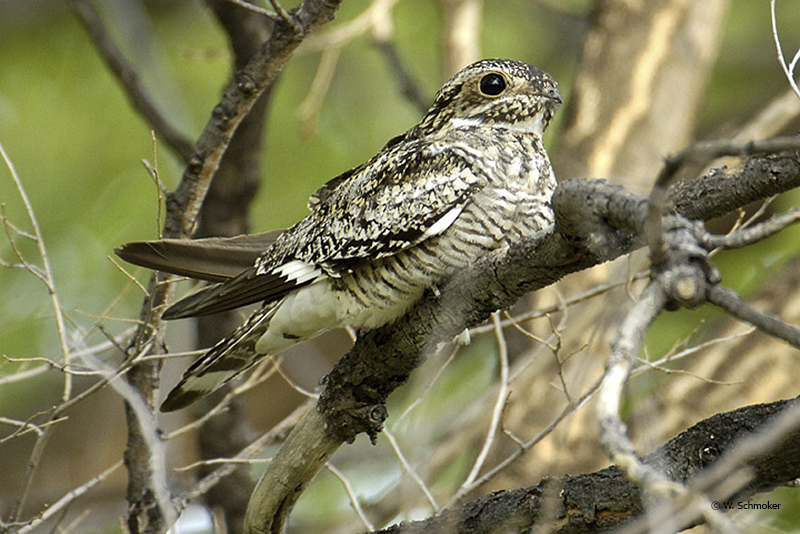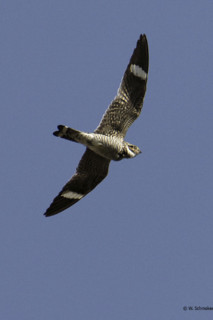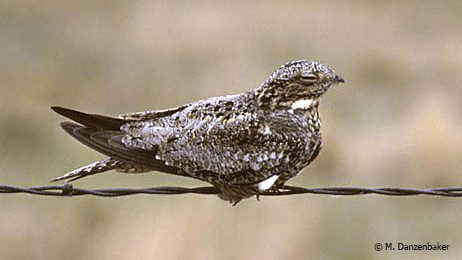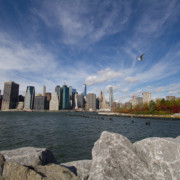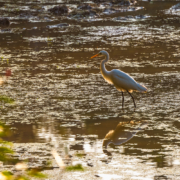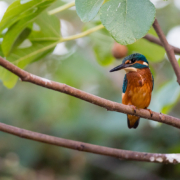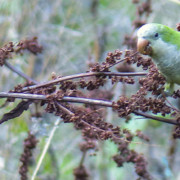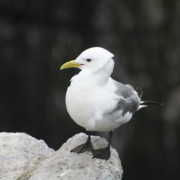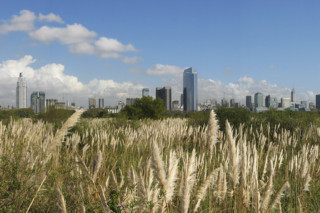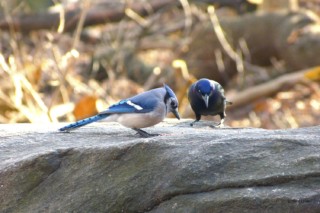There is something incredibly sad, even tragic about a summer night in New York City without that magic spirit of the starry sky, the Common Nighthawk Chordeilies minor. They would sail and dive among the lamp posts and moonlit rooftops while their ‘beezle-burb-peent’ calls would echo from above. These calls are now a part of history for over 95% of these mysterious native birds have disappeared from urban areas in New England, the mid-west, the mid-atlantic and now even the south-east.
The Common Nighthawk is not a hawk at all. It is a cousin of another nightjar, the Whip-poor-will, which is also experiencing an unprecedented drastic decline. Nighthawks are brown and gray, cryptic, swallow-like birds who feed on thousands of insects a night and are an extremely beneficial native bird. Many reasons have been cited for their disappearance including crow and gull predation, loss of gravel-roof habitat and pesticides. However, I believe the major problem exists in their winter home and on their migration routes. Between the fall of 1994 and summer of 1995 there was an 80% reduction of these birds from the New York City area.
This was my sixth summer of returning to eight key former nighthawk hotspots. I returned two nights a week from June first to September first, on clear, calm, moonlit nights. Nighthawks had been very common to almost abundant in all these areas until the summer of 1995. The sky was starry but empty. I heard American Robin and Northern Mockingbird singing in all these areas late at night, but still have never heard a single Common Nighthawk since the late spring of 2002.
Northern Mockingbirds are a good meter of what’s living in the area. They can only repeat what they hear. I studied each mockingbird’s repertoire in all eight areas. They were all an exact repetition of the other: an American Robin, a Northern Cardinal, a Blue Jay, a Common Starling, a Northern Flicker and even car alarms. End result: the mockers had never heard a nighthawk. Despite this sad fact I will continue my personal research, returning to all eight areas this coming summer, in hopes that the nighthawk may return.
I hope that by bringing this precipitous decline to the public’s attention, I can reinforce the fact that the environment and conservation of native flora and fauna need to be the number one priority in this country now. The nighthawk is a special bird of American folklore, story and song, sacred to the American Indians and a true urban legend. Action must be taken quickly to save this spirit of America’s night sky.
Michael Fritz-Graham
November 2008

